Soccer balls are objects that people love so much, especially because they provide casual soccer fans with several opportunities to enjoy the sport and make their own lasting memories.
But this constantly evolving world sometimes calls us to other activities or events in the blink of an eye.
And in the process of people needing to attend to other areas of their lives, the attention that a soccer ball previously received – whilst it was in use – simply evaporates.
Human beings are prone to forgetfulness, and that includes leaving soccer balls in places where they shouldn’t be stored.
Now if you’ve arrived on this page from a Google search where you asked “if it’s okay to leave a soccer ball in the car”, well you’re in luck.
This article will provide you with a succinct answer and explain it with additional reasoning.
So, I’ll start off by saying…
Soccer balls should not be kept within cars, because vehicles are easily exposed to sunlight which brings about excessive heat – through a greenhouse effect – which can damage a ball because of the increased air pressurization level inside it.
Let me take the opportunity to explain how this happens.
What does the heat inside a car do to a soccer ball?
Science gives us a good explanation of why particular actions have certain resulting reactions.
This is also the case when you look at a soccer ball that’s left inside the back of a car trunk.
Picture the following scenario…
You’ve just arrived home in your car on a sunny afternoon, right after having an intense practice session with a group of friends.
Instead of taking your soccer ball with you into the house, you decide to leave it inside your car because you intend to take it with you the next day for another training game.
Now, education tells us that when the temperature surrounding a particular object increases, the pressure within that object rises as a result.
And that statement brings me on to my first point…
1. Over-inflation

The air molecules present inside a soccer ball will move at a faster pace due to a rise in temperature, which has a considerable knock-on effect because that increase in velocity leads to more collisions between those air particles.
And as “the domino keeps on tumbling”, these collisions exert greater force on each molecule, thereby causing air pressure within the ball to rise.
Car trunks can get terribly hot, especially because the sunlight that shines through cars via the windows gets trapped inside due to a “greenhouse effect”.

Want to test your knowledge on soccer ball care?
Take the quiz by clicking the button below and see just how informed you truly are!
Note - You'll need to enter your email address to see the final results.





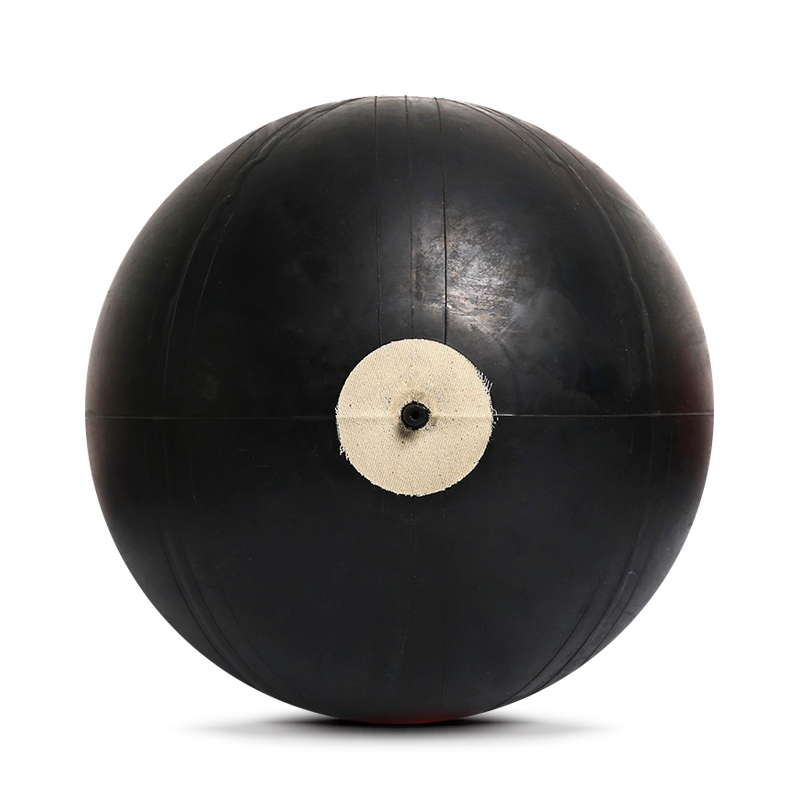

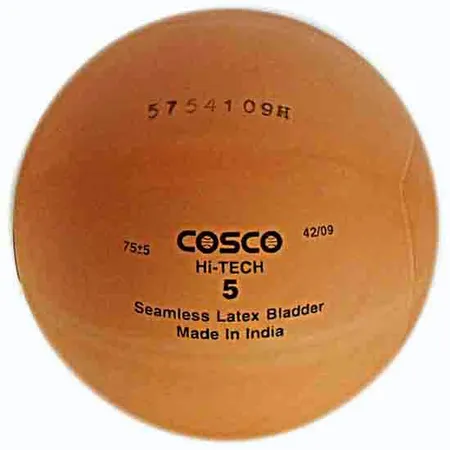












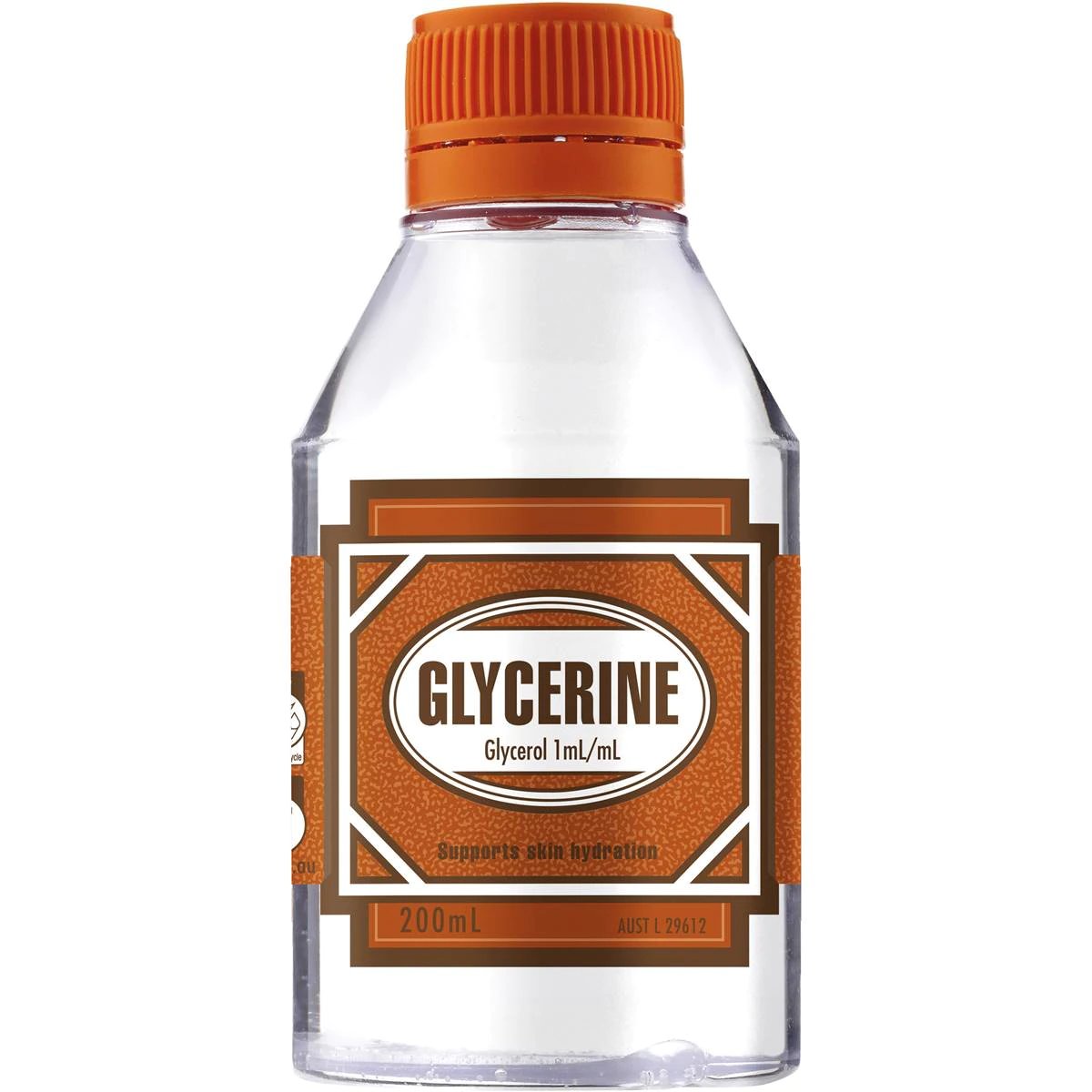


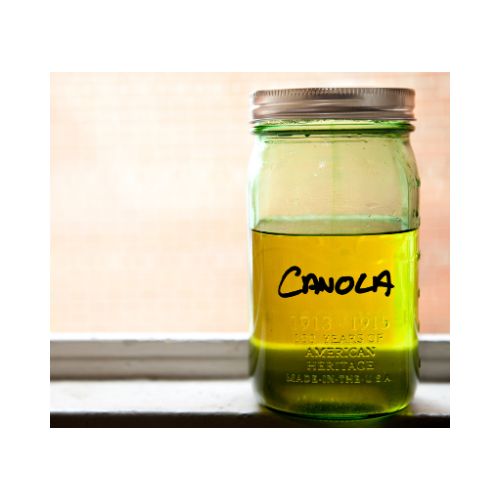
This effect is when energy from a planet’s sun travels through its atmosphere and warms its surface, but the atmosphere subsequently traps that heat and prevents it from returning back to its original source.
When the light shines on a car, the heat gets trapped inside and any objects that were left in the trunk get “caught in the crossfire” so to speak.
A soccer ball will not only become hotter due to an increase in temperature, as there is also increased pressure resulting from that temperature rise, which contributes to the air particles colliding more frequently inside.
Ultimately, this leads to the ball becoming slightly over-inflated, as kinetically charged air particles press harder against the inner lining of the soccer ball bladder.
2. Shape alteration
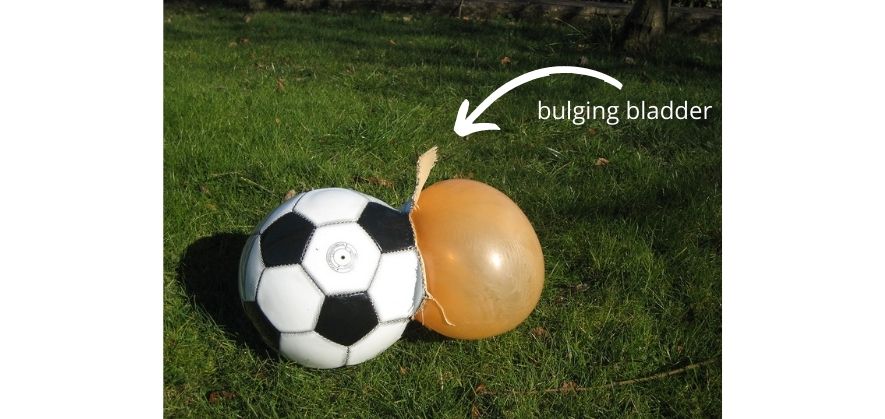
Soccer balls are made to have a spherical shape that gives them much better bouncing and aerodynamic properties.
The excessive heat present in a car trunk on warm summer day can contribute to it losing its roundness, because of an after-effect of being over-inflated.
You see, when a soccer ball is over-inflated, the air particles within it are moving more quickly and causing the internal bladder that holds the air inside to expand.
If this layer continuously presses on the outer covering with the surrounding temperatures unable to cool down, something eventually has to give.
This is why you may come across soccer balls with torn seams or areas of stitching that have become undone, leaving small sections of the bladder protruding from the outer surface.
Once the internal bladder sticks out like that, bounce uniformity is adversely impacted and your soccer ball won’t roll on the ground as it normally would either.
Can you leave your soccer ball inside a cold car?
As you’ve been made aware, too much heat can negatively affect the useful life of your soccer ball.
But even at the opposite end of the temperature spectrum, consistent exposure to cold can leave you with some extra re-inflation work if you’re not careful.
This is because soccer balls deflate when left in the cold.
At night, the temperature levels inside a car trunk will have decreased quite considerably, as the heat source which was available throughout the day (i.e. sunlight) is no longer present.
This coolness causes air particles within the internal bladder of the ball to move at a much slower pace, enough to reduce the collision frequency with the inner sides of the ball.
Eventually, you’re left with a soccer ball that has shrank in size and one that you will have to pump up before its next use.
Does temperature affect a soccer ball?
Clearly it does!
You may have read this far and realised that a seemingly innocent way of storing your soccer ball can have a devastating impact on the length of its useful life.
Well you better believe it, because increases as well as decreases in surrounding temperature can affect a soccer ball in two key areas:
- Distance travelled after impact
- Bounce ability
Higher temperatures result in more active air particles within a soccer ball, which is able to bounce higher and travel farther away because these charged particles have more energy to push out aggressively against the outer ball surface.
Here’s a short clip that better illustrates the concept behind this:
Closing thoughts
It’s easy to conclude with a verdict on whether leaving a soccer ball in the car is a good decision.
You shouldn’t leave your soccer ball in a car after you have finished playing with it. Soccer balls are layered with different materials that can get damaged because of exposure to the extreme temperatures that are sometimes present within a stationary or vehicle.
If you had made this a habit then I’d suggest you have a look at our guide on how to take care of your soccer ball, in order to keep it in the best possible condition.
But if the damage has already been inflicted, you can simply get yourself another soccer ball!
Take a moment to read through our best soccer ball buying guide, as that article can help you narrow down your buying choices to a select few.
If you enjoy the content that I create and would like to buy me a coffee, then I’d really appreciate it!
Any money that I earn through this donation will be re-invested into more content for this website.
Additionally, by sending in a donation you’ll also receive a copy of my recently released 190+ page eBook on Soccer Ball Care, as well as be subscribed to our mailing list where you’ll be regularly informed on the latest developments concerning the Soccer Whizz blog.
- Future Icons: Europe’s Emerging Midfield Maestros Set for Glory - December 4, 2023
- Kickstarting a Revolution: How Soccer Transformed the United States Over the Last Four Years - October 7, 2023
- 4-1-4-1 Soccer Formation [Analysis] - September 23, 2023

